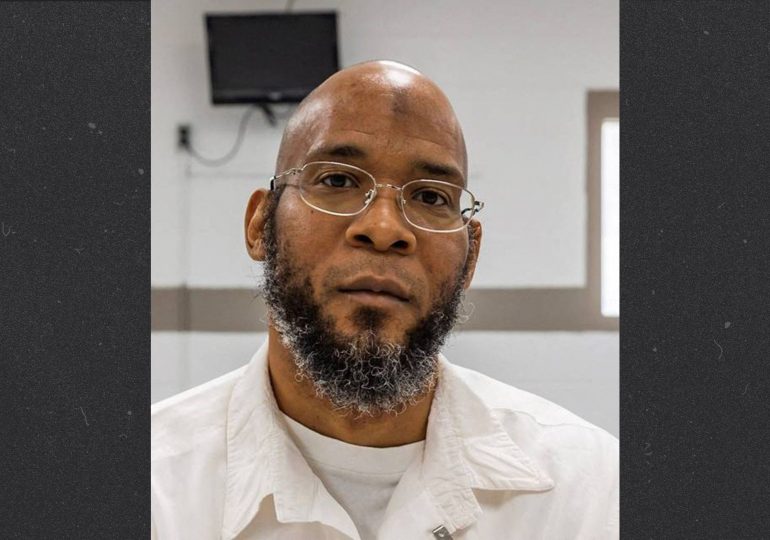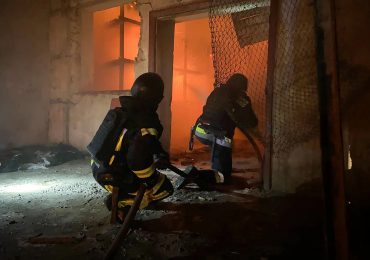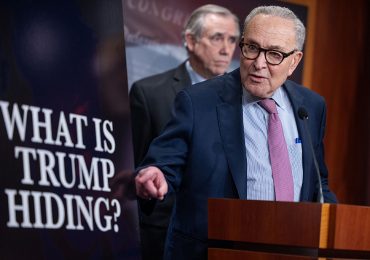More than half of American states have abolished the death penalty or hit pause on executions. Less than half—47%—of Americans believe the death penalty is administered fairly, a record low. A clear trend line has emerged. Every year, we see fewer new death sentences and fewer executions.
So what happened last week? Why did we see five executions of five human beings, by five different states, in the span of only seven days?
[time-brightcove not-tgx=”true”]
How do we make sense of the executions of Freddie Eugene Owens (who went by Khalil Divine Black Sun Allah) by South Carolina, Marcellus Williams (who went by Khalifah Ibn Rayford Daniels) by Missouri, Travis Mullis by Texas, Emmanuel Littlejohn by Oklahoma, and Alan Eugene Miller by Alabama?
While this series of executions has shocked America’s conscience, the unfortunate reality is that they embody well-documented problems with the death penalty. They have become not the exception, but the rule.
And the rule is that executions reflect racism, government error and arrogance, untreated mental illness and trauma, and disrespect for our democracy. The same factors that have driven abolition of the death penalty in a growing number of states remain on display this week. They serve as a five-alarm wake-up call and reminder of the work to be done.
Read More: What to Know About the Execution of Death Row Inmate Marcellus Williams Amid Public Outcry
Mirroring the overrepresentation of Black men on America’s death rows, three of the five men executed this week were Black: Owens, Williams, and Littlejohn. And mirroring a decades long trend, four of the five executions were punishments for killing white victims. Among its many other flaws, and in line with its history as an outgrowth of slavery and lynchings, the death penalty fails America by vastly preferencing white victims.
The executions also confirm that the government makes mistakes and takes shortcuts that lead to wrongful convictions. Defending the sentence is often prioritized over justice. Missouri executed Williams even after so many, including the prosecuting authority, insisted on his innocence. Together with the Innocence Project, District Attorney Wesley Bell argued that no forensic evidence pointed to Williams. Law enforcement had spoiled the evidence and prevented DNA testing, and only two unreliable and incentivized witnesses supported the conviction.
As Bell stated after the execution, “if there is even the shadow of a doubt of innocence, the death penalty should never be an option.” Gov. Parsons defended the indefensible by pointing to the findings of the jury and of the courts, while ignoring that the prosecutor (as so many capital prosecutors do) culled the jury of Black jurors.
Neither Missouri—nor any other state for that matter—can credibly claim to have no doubts. Wrongful convictions are all too common. An estimated 200 innocent people have been falsely convicted and later exonerated from America’s death rows. Missouri is responsible for four.
Did we execute the right man is not the question that should be on our minds right now. But Owens’ Littlejohn’s cases raise it, too. In Owens’, the codefendant swore in an affidavit that Owens was not present for the 1997 robbery murder. In Littlejohn’s, the Oklahoma Board of Pardons and Parole voted to grant clemency, a recommendation the Governor rejected, after hearing that prosecutors presented conflicting evidence, in different trials, on who fired the fatal shot in 1994.
Notably, all three cases of doubt involve Black defendants, and two involve a convenience-store crime, decades ago. These crimes would rarely if ever result in death sentence if tried today.
Like so many others on death rows across the country, Miller, in Alabama, and Mullis, in Texas both endured significant mental illness and trauma documented by court and mental-health records. Our social-service institutions failed them both. As I saw firsthand when I travelled to Texas to represent Mullis in 2012—after one of the many times he sought to reinstate appeals he had dropped amidst suicidal ideation and mental illness—these are not the “worst of the worst” for whom the death penalty is mythically reserved.
Error—and cruelty—extend through the execution process itself. Alabama executed Alan Miller using an experimental lethal gas protocol that had resulted in an excruciating 22-minute execution in its only prior use. The first attempt against Miller in 2022 was a botched lethal injection in which execution personnel, including those reported to have committed violence against prisoners and other misconduct, struggled to find a suitable vein and then left him, a 350-pound man, strapped hanging vertically on a gurney for an hour after the failure. He is one of only six known persons to survive an execution, with half of these botches occurring in Alabama in the last six years.
This week reminds us that the road to abolition does not run in a straight line. As shocked and saddened as we feel, we also need to work towards progress. We must feel moved to keep working for justice and towards a day when the death penalty ends—once and for all.
Leave a comment








